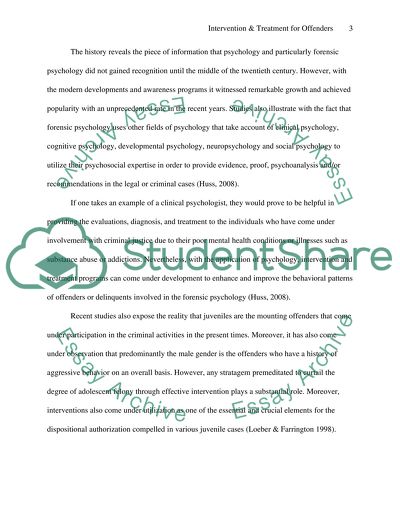Cite this document
(“Intervention and Treatment Programmes for Offenders Literature review”, n.d.)
Intervention and Treatment Programmes for Offenders Literature review. Retrieved from https://studentshare.org/psychology/1432915-intervention-and-treatment-programmes-for
Intervention and Treatment Programmes for Offenders Literature review. Retrieved from https://studentshare.org/psychology/1432915-intervention-and-treatment-programmes-for
(Intervention and Treatment Programmes for Offenders Literature Review)
Intervention and Treatment Programmes for Offenders Literature Review. https://studentshare.org/psychology/1432915-intervention-and-treatment-programmes-for.
Intervention and Treatment Programmes for Offenders Literature Review. https://studentshare.org/psychology/1432915-intervention-and-treatment-programmes-for.
“Intervention and Treatment Programmes for Offenders Literature Review”, n.d. https://studentshare.org/psychology/1432915-intervention-and-treatment-programmes-for.


